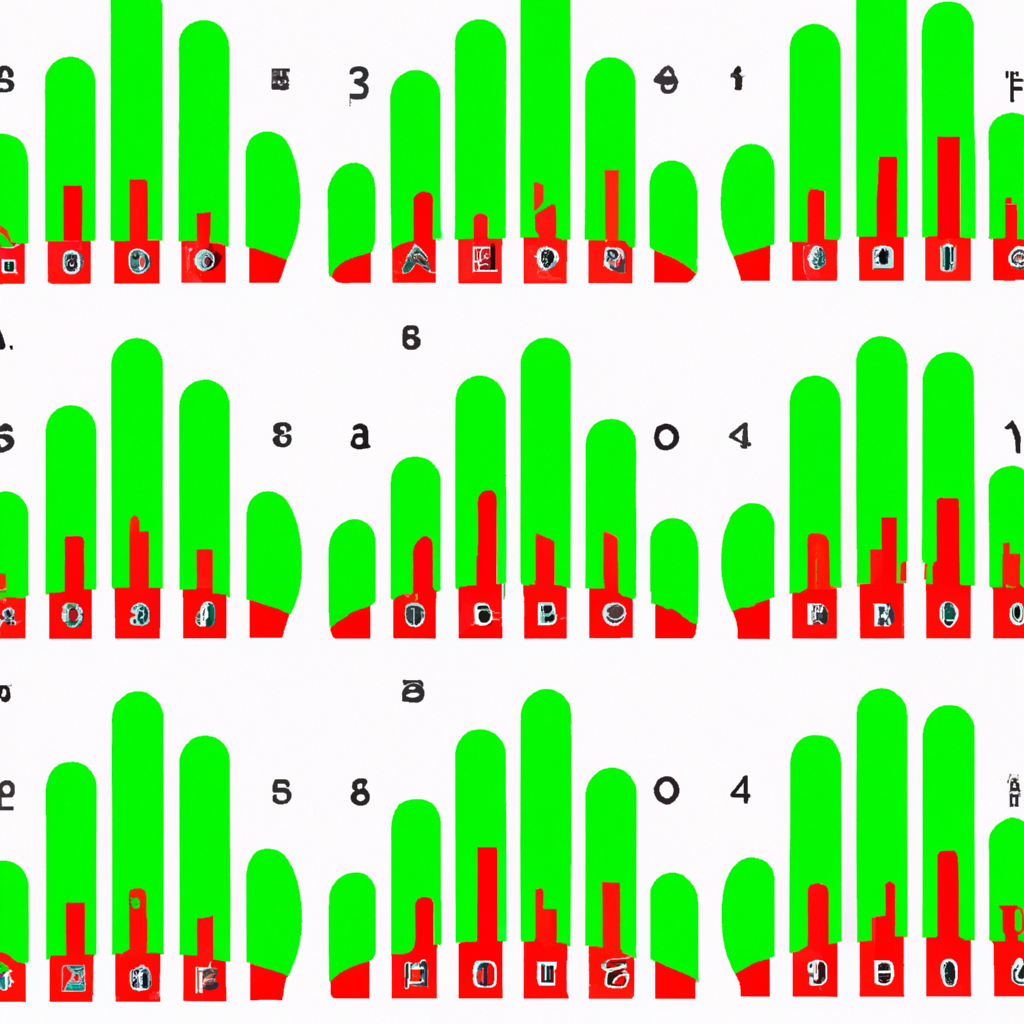Understanding Oscillators and Momentum Indicators
Oscillators and momentum indicators are essential tools used by traders and analysts to identify potential trends in the financial markets. These technical indicators help traders gauge the strength and direction of price movements, allowing them to make informed trading decisions. In this article, we will explore the basics of oscillators and momentum indicators and how they can be used effectively in trading.
What are Oscillators?
Oscillators are technical indicators that fluctuate between two extreme values, typically 0 and 100. They are used to identify overbought and oversold conditions in the market, signaling potential trend reversals. Oscillators are based on mathematical calculations of price data, such as moving averages or rate of change, and are plotted on a separate chart below the price chart.
Types of Oscillators
There are various types of oscillators, each with its own unique formula and interpretation. Some popular oscillators include the Relative Strength Index (RSI), Stochastic Oscillator, and the Moving Average Convergence Divergence (MACD) indicator. Traders often use a combination of oscillators to confirm signals and filter out false signals.
How to Use Oscillators
- Identify Overbought and Oversold Levels: Oscillators typically have overbought and oversold levels, usually set at 70 and 30. When the oscillator rises above 70, it indicates that the market is overbought and a potential reversal may occur. Conversely, when the oscillator falls below 30, it signals that the market is oversold and a possible reversal may be imminent.
- Divergence: Look for divergence between price and the oscillator. If the price is making higher highs while the oscillator is making lower highs, it could signal a weakening trend and potential reversal.
- Crossing Signal Line: Some oscillators have a signal line that generates buy or sell signals when crossed. A bullish signal is generated when the oscillator crosses above the signal line, while a bearish signal is generated when it crosses below the signal line.
What are Momentum Indicators?
Momentum indicators measure the rate of change of price movements, indicating the strength and speed of a trend. These indicators are used to confirm the strength of a trend and identify potential trend reversals. Momentum indicators are typically plotted as a line on the price chart, making it easier for traders to visualize the relationship between price and momentum.
Types of Momentum Indicators
Some common momentum indicators include the Moving Average Convergence Divergence (MACD), Relative Strength Index (RSI), and the Average Directional Index (ADX). Each momentum indicator has its own unique formula and interpretation, but they all serve the same purpose of measuring the strength of price movements.
How to Use Momentum Indicators
- Confirm Trend Strength: Use momentum indicators to confirm the strength of a trend. If the price is making higher highs and the momentum indicator is also rising, it indicates a strong uptrend. Conversely, if the price is making lower lows and the momentum indicator is falling, it signals a strong downtrend.
- Identify Divergence: Look for divergence between price and the momentum indicator. Divergence can signal a potential trend reversal, especially when the price is moving in the opposite direction of the momentum indicator.
- Overbought and Oversold Levels: Some momentum indicators have overbought and oversold levels, similar to oscillators. When the momentum indicator rises above the overbought level, it signals that the market is overextended and a reversal may be imminent. Conversely, when it falls below the oversold level, it indicates that the market is oversold and a potential reversal may occur.
By understanding how oscillators and momentum indicators work, traders can gain valuable insights into market trends and make more informed trading decisions. These technical tools can help traders identify potential entry and exit points, manage risk, and improve their overall trading performance.


